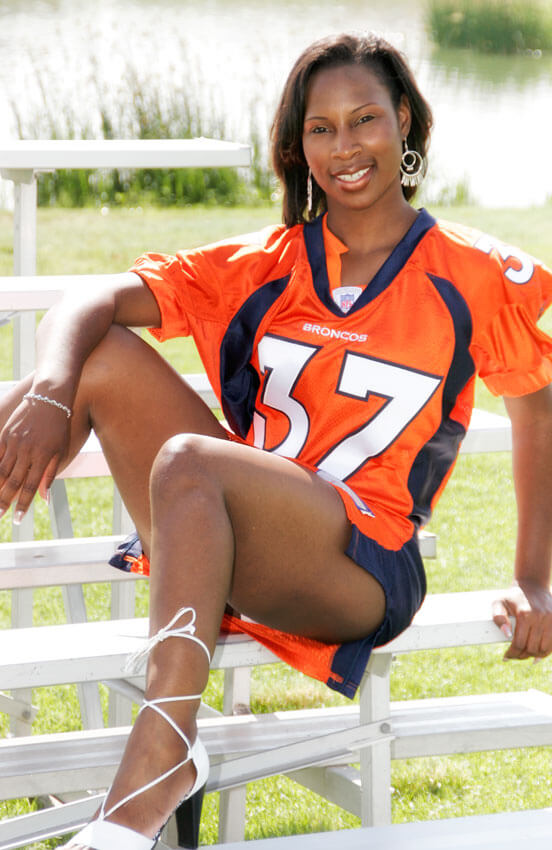Making Sunny Day Portraits
Today’s Post by Joe Farace
According to Current Results, a website that summarizes published data and research papers on weather, wildlife and the environment, the Denver area has 245 sunny days a year. By comparison, Miami in the “Sunshine State” has 249.
 The classic way of exposing images on sunny days is the famous “Sunny 16” rule that’s based on using the ISO rating and a lens aperture of f/16 and the shutter speed that came closest to the ISO number. If you’re camera is set at ISO 125, the sunlight exposure would be 1/125th of a second at f/16. At ISO 400 it would be 1/400th of a second at f/16 but since most cameras don’t have a 1/400th shutter speed setting, 1/500th should work.
The classic way of exposing images on sunny days is the famous “Sunny 16” rule that’s based on using the ISO rating and a lens aperture of f/16 and the shutter speed that came closest to the ISO number. If you’re camera is set at ISO 125, the sunlight exposure would be 1/125th of a second at f/16. At ISO 400 it would be 1/400th of a second at f/16 but since most cameras don’t have a 1/400th shutter speed setting, 1/500th should work.
Modern camera technology has relieved us of the guesswork methods of checking exposure for most lighting situations including sunny days. The ability to tweak exposure with today’s cameras can make or break image quality. I’m astounded at the number of people who don’t care about correct exposure, saying instead, “I’ll just fix it later in Photoshop.” Yes, you can use digital darkroom techniques but I only use them when I make mistakes. The best photographs will be made from the best possible exposures. A digital image that’s too far over or underexposed can’t be completely saved with image manipulating software.
 The problem with making portraits on sunny days and the biggest mistake many photographers make is having the subject face the sun. Their idea seems to be that this pose will put the most light on the subject and while that’s true the problem is that is also produces world class squints and nobody except Clint Eastwood looks good when squinting. Let the subject relax and turn her back to the sun and use flash to illuminate her face. When used correctly this fill flash won’t look out of place and will add a little sparkle to the subject’s eyes.
The problem with making portraits on sunny days and the biggest mistake many photographers make is having the subject face the sun. Their idea seems to be that this pose will put the most light on the subject and while that’s true the problem is that is also produces world class squints and nobody except Clint Eastwood looks good when squinting. Let the subject relax and turn her back to the sun and use flash to illuminate her face. When used correctly this fill flash won’t look out of place and will add a little sparkle to the subject’s eyes.
Caption: This sports fan was photographed on a sunny day at a nearby recreation center that has bleacher stands to add the right touch. It was made on the kind of day that the little slip of paper Kodak packs with the film says is 1/125 sec at f/16 but made here with an exposure of 1/200 sec at f/8 at ISO 200, with fill from built-in flash.



